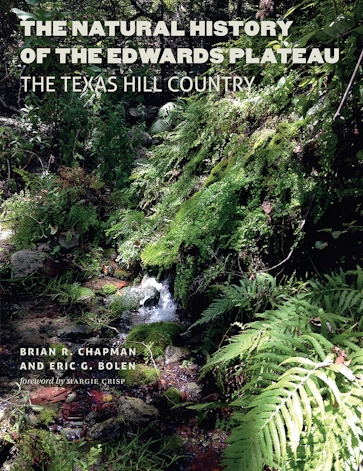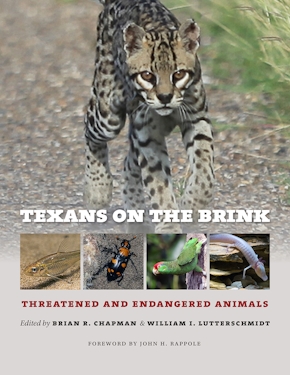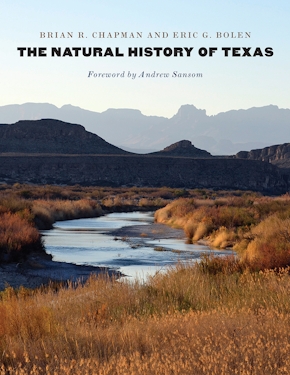The Natural History of the Edwards Plateau
The Texas Hill Country
978-1-62349-859-7 Paperback
8.5 x 11 x 0 in
84 pp. 44 color photos. 2 maps. Appendix. Bib. Index.
Pub Date: 08/10/2020
Available
The roughly 24 million acres that make up the Edwards Plateau, commonly known as the Texas Hill Country, are characterized by rolling highlands, picturesque river canyons, and beautiful springtime wildflowers. Located in the heart of Texas, this region is home to hundreds of natural springs, thousands of limestone caves, and the famous Devil’s Sinkhole. Encompassing grasslands, savannas, and woodlands, the Edwards Plateau is a unique and diverse ecological haven.
Beginning with the stories of how biologists and naturalists have defined the ecological areas of the great state of Texas over time, The Natural History of the Edwards Plateau explores the formation of the region more than a billion years ago, its diverse ecosystems, and the conservation efforts to keep those ecosystems intact and thriving. With detailed descriptions and vivid pictures of the flora, fauna, and geologic features that make this area so unique, the authors also explore the ways in which people have interacted with the ecosystems over time, from natural spring water used by San Antonio’s Pearl Brewing Company to the use of bats for gunpowder and bombing raids.
In their exploration of the natural history, veteran ecologists Brian R. Chapman and Eric G. Bolen remain especially conscious of the conservation and management issues that affect the natural resources of the Edwards Plateau region, revealing their deep connection to the state. Bolstered by a glossary, further reading suggestions, and an appendix of scientific terms, this is an educational and essential guide for all Texans and environmental enthusiasts.
About the Author
Published by Texas A&M University Press


